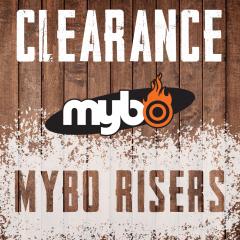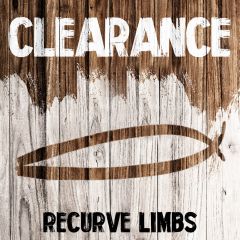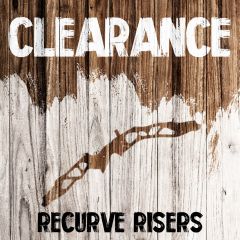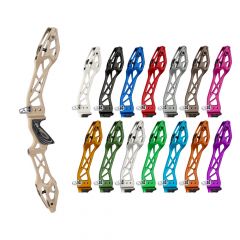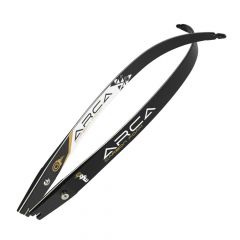This website requires cookies to provide all of its features. For more information on what data is contained in the cookies, please click here. To accept cookies from this site, please click the Allow button below.
Recurve Bows
If you want to be Olympic champion, you’ve got to look at recurve bows as this is the bow style used as the Olympic Games.
Still the most popular style of archery in the UK, recurve archery is very accessible by people of all abilities (and budgets!).
It is usually the first bow an archer will learn on, as it is the ‘go to’ bow style for most clubs running beginners' courses.
If you’ve ever had an archery lesson while on holiday these are probably the type of bows you used.
These are probably the hardest archery products to differentiate between with vast differences in price. Recurve bow limbs all look very similar. Even to a trained eye it is sometimes hard to spot the differences. If you are looking at our recurve limb selection and scratching your head, take comfort in the fact that you are not alone.
There are two important rules you should consider:
RULE 1: If you are a beginner, buy cheap! Not bottom of the barrel cheap, but if you are eyeing up some top-level limbs for your first bow – Don’t! If you shoot regularly, within 6 months you will be wanting a heavier set. Splash out on a fancy riser, by all means. You don’t grow out of a riser. But you do grow out of your limbs.
RULE 2: Do not buy heavy limbs straight away thinking you will grow into them. These are not school trousers! Technique is king. Do not compromise technique by drawing too much weight. Keep it smooth. But once your draw weight has stabilised, then the benefits of top-level limbs are vast. They are smoother, faster, more stable and more forgiving.
A recurve riser is the centre of the bow. When you get down to basics it is the spacer between the limbs.
It can be argued that riser selection is less important to overall performance than the limbs. And this probably is true. But that is not to say riser selection should be taken lightly.
If you think of a bow as a single entity (which it is) the riser becomes very important. It is your point of contact with the bow and the anchor for your limbs.
At first glance all risers may look similar. But look closer and there are many differences. Differences in shape and stiffness. Differences in length and weight. Some have go faster stripes.
All these things make a difference to how a bow shoots. (except the go faster stripes...)
A good quality riser is the foundation of your bow.
- Clearance - Mybo Recurve Risers
- Clearance - Recurve Limbs
- Clearance - Recurve Risers
- Kinetic Zivio 25" Recurve Riser
- Mybo Star Wood Core Recurve Limbs
- Mybo Arca Carbon Foam Recurve Limbs
- Win & Win Wiawis MXT-XT Foam Recurve Limbs
- Mybo MYKAN 27" Barebow Riser (Excluding Master Weight)
- Kinetic Vygo V2 25" Recurve Riser



